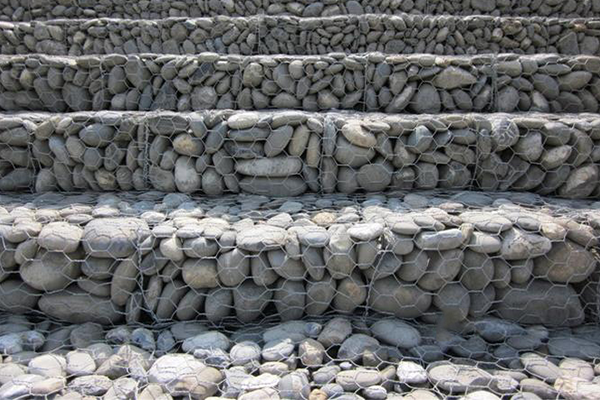The Benefits of Gabions for Seawalls
When it comes to coastal protection, seawalls play a crucial role in safeguarding shorelines from erosion, flooding, and the relentless forces of the sea. One innovative and eco-friendly approach gaining popularity in this realm is the use of gabions for seawalls. Gabions are not only aesthetically pleasing but also highly effective in preventing erosion and promoting sustainable shoreline management.

What are Gabions?
Gabions are essentially wire mesh containers or baskets filled with rocks, stones, or other suitable materials. These containers come in various shapes and sizes, allowing for versatility in construction. When used for seawalls, gabions are stacked together and reinforced to create a robust and resilient barrier against the relentless forces of the sea.
How Gabions Work
Gabions are designed to absorb and dissipate the energy of waves, reducing their erosive impact on the shoreline. They work on several key principles:
- Erosion Resistance: The natural stones or rocks inside the gabion containers absorb wave energy and prevent them from directly hitting the seawall. This reduces erosion and maintains the stability of the shoreline.
- Flexibility: Gabions can adapt to the movement of the shoreline, making them a flexible solution suitable for varying environmental conditions.
- Drainage: Gabions allow for effective drainage, preventing water from accumulating and weakening the structure. This is essential for the long-term stability of the seawall.
Benefits of Gabions for Seawalls
- Eco-Friendly Solution: Gabions are environmentally friendly as they use natural materials, promoting sustainability and ecological harmony.
- Aesthetically Pleasing: Gabion seawalls have a natural and rustic appearance, blending seamlessly with the environment. They can be customized with various rock types and sizes, enhancing their aesthetic appeal.
- Cost-Effective: Gabion seawalls are often more cost-effective than traditional concrete or steel seawalls. The materials are readily available, and construction is relatively straightforward.
- Longevity: Gabion seawalls have a long lifespan and require minimal maintenance. The robustness of the materials ensures that they can withstand harsh coastal conditions.
- Versatility: Gabions can be adapted to different shoreline shapes and sizes, making them suitable for a wide range of coastal protection projects.
- Easy Installation: The construction of gabion seawalls is relatively straightforward, and they can be installed by local labor, reducing the need for specialized expertise.
- Habitat Enhancement: The nooks and crevices in gabion structures provide habitat opportunities for marine life and plants, contributing to ecosystem restoration.
- Reduces Wave Reflection: Unlike hard seawalls that can reflect wave energy and worsen erosion in neighboring areas, gabion seawalls dissipate wave energy and minimize adverse effects on nearby shorelines.
Conclusion
Gabion seawalls offer a sustainable, cost-effective, and aesthetically pleasing solution for coastal protection and erosion prevention. Their ability to adapt to changing environmental conditions, low maintenance requirements, and positive impact on marine ecosystems make them an attractive choice for coastal management. As we strive for more environmentally friendly and resilient coastal protection methods, gabions are proving to be a valuable addition to the toolbox of solutions available to protect our precious coastlines.

